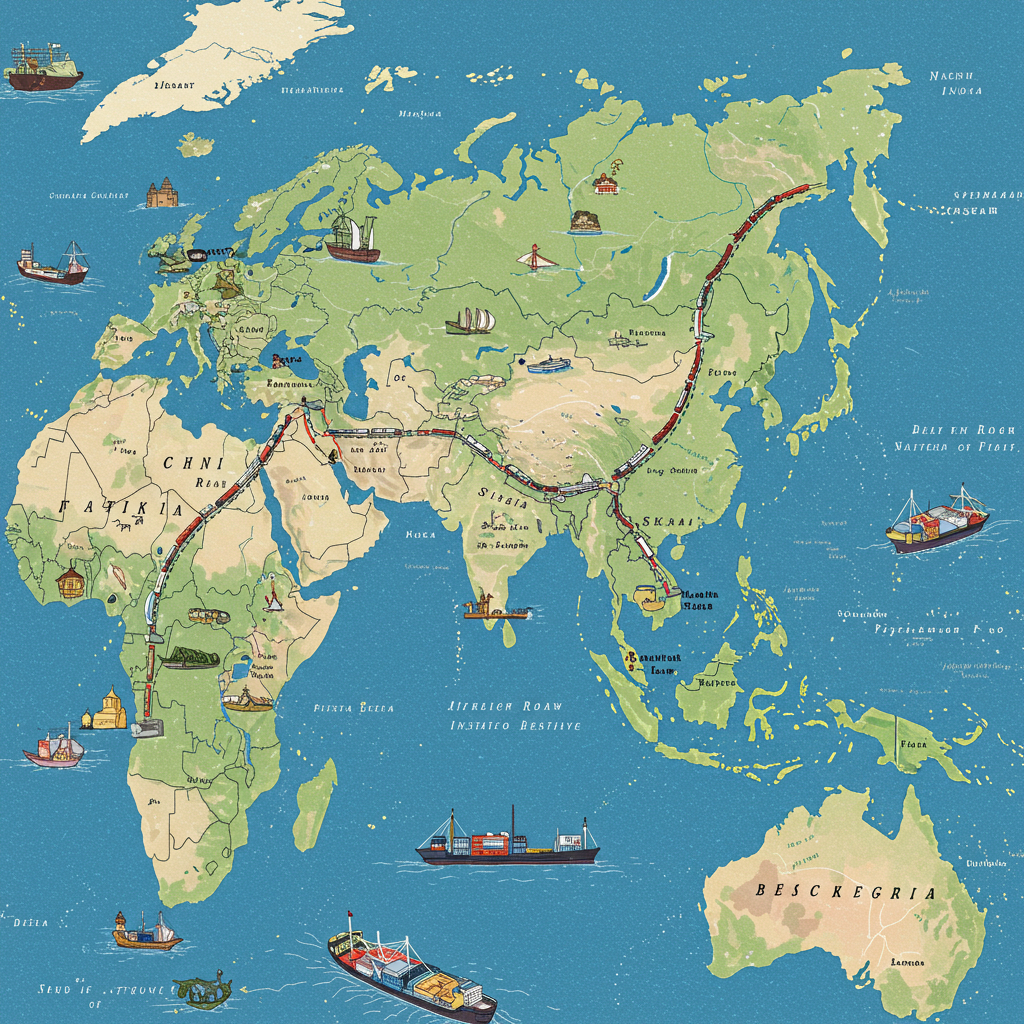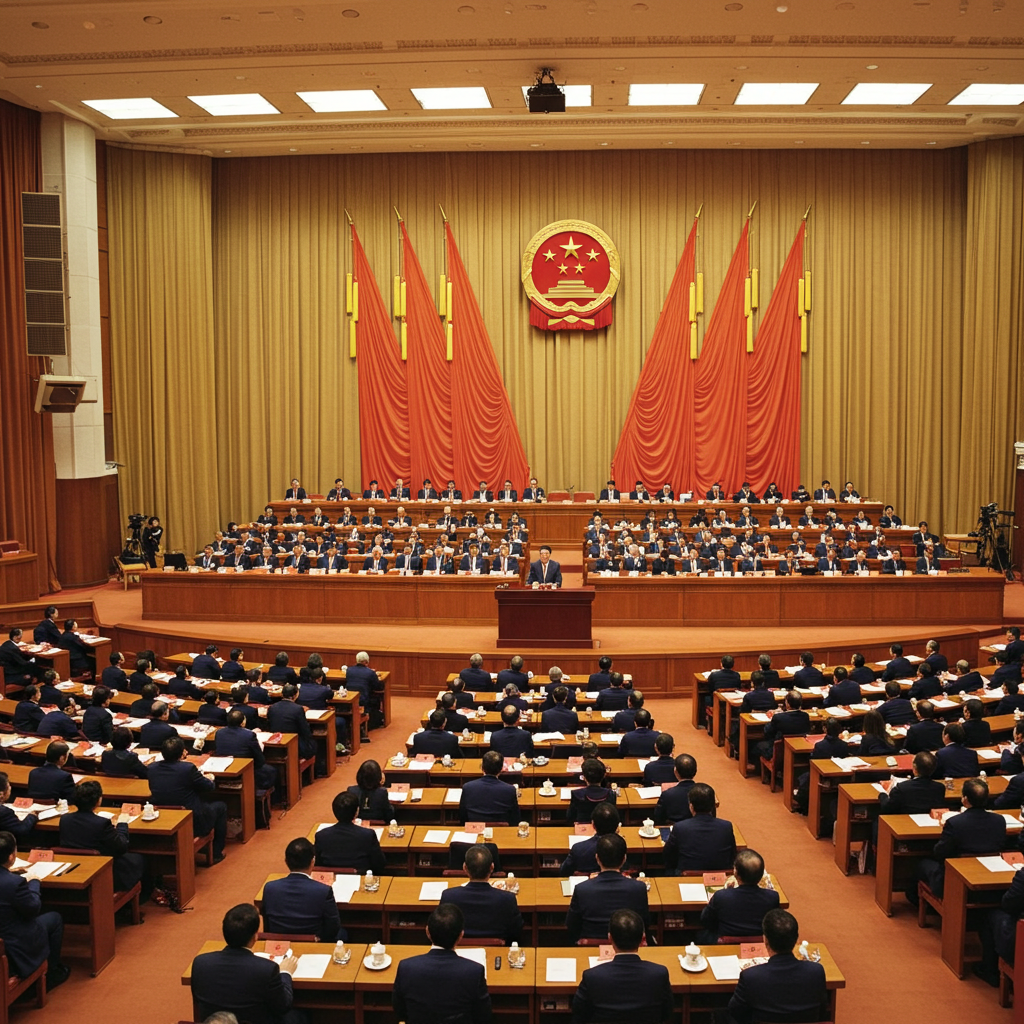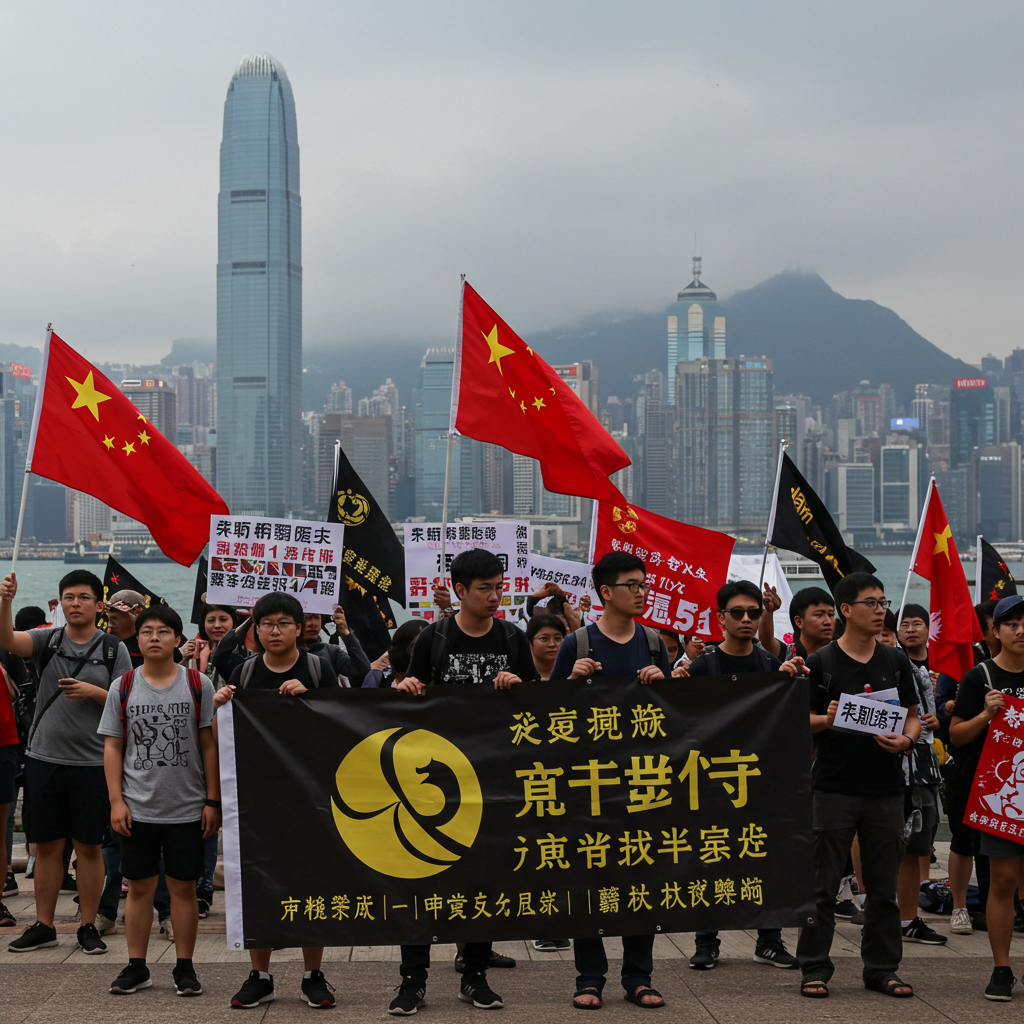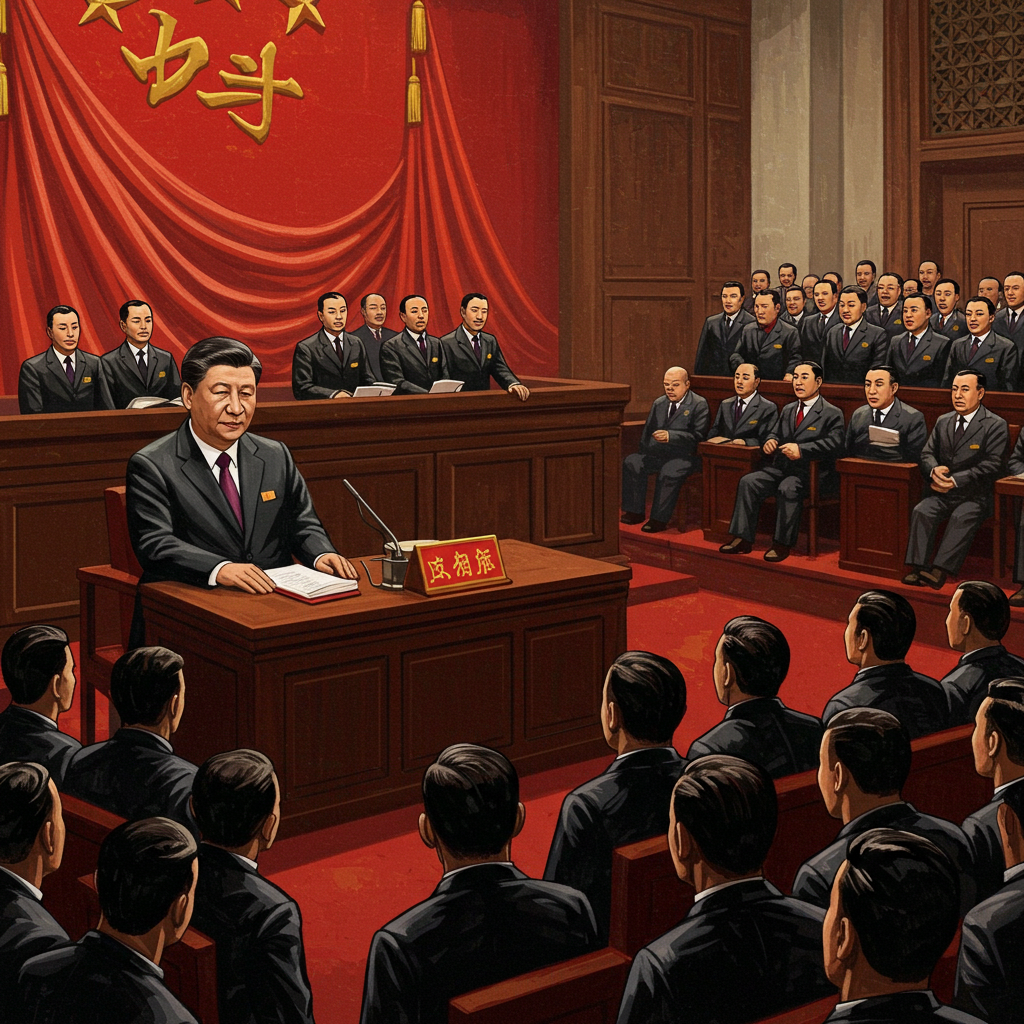Discover the journey of Xi Jinping, exploring the pivotal moments and strategies that led him to become China’s leader for life. Uncover the political landscape.
Introduction
Xi Jinping‘s rise to power and his consolidation of authority within the Chinese Communist Party (CCP) is a story marked by strategic maneuvering, political acumen, and a profound understanding of both domestic and international dynamics. Since assuming the presidency in 2013, Xi has transformed the political landscape of China, culminating in the unprecedented decision to abolish presidential term limits in 2018. This blog post explores the journey of Xi Jinping, examining how he became China’s leader for life and the implications of his leadership style on the nation’s future.
Early Life and Background

Born on June 15, 1953, in Beijing, Xi Jinping is the son of Xi Zhongxun, a veteran revolutionary and one of the “Eight Immortals” of the CCP. Growing up in a politically prominent family, Xi was exposed to the intricacies of power from an early age. However, his childhood was not without hardship. During the Cultural Revolution, Xi’s family fell from grace, and he was sent to the countryside for “re-education” through labor. This experience profoundly shaped his worldview, instilling in him a sense of resilience and a deep understanding of the struggles faced by ordinary Chinese citizens.
After returning to Beijing, Xi pursued higher education at Tsinghua University, where he studied chemical engineering. His academic achievements opened doors for him within the party, and he began his political career in the late 1970s. Over the next few decades, Xi held various positions in different provinces, steadily climbing the ranks of the CCP.
Political Ascendancy

Xi’s political career gained momentum in the early 2000s when he was appointed as the governor of Fujian Province. His tenure was marked by economic growth and development, which earned him recognition as a capable administrator. In 2007, he was promoted to the Politburo Standing Committee, the highest decision-making body in China, signaling his ascent to the top echelons of power.
In 2012, Xi was elected as General Secretary of the CCP and Chairman of the Central Military Commission. The following year, he assumed the presidency of China. His rise was not merely a product of nepotism; rather, it was a combination of his political savvy, strategic alliances, and the ability to navigate the complex factional dynamics within the party.
Consolidation of Power
From the outset of his presidency, Xi Jinping embarked on a campaign to consolidate power. He launched an extensive anti-corruption campaign aimed at rooting out corruption within the party, which resonated with the public and helped to eliminate potential rivals. This campaign not only strengthened his position but also allowed him to gain the support of the populace, who were increasingly frustrated with corruption at various levels of government.
Simultaneously, Xi sought to reshape the ideological framework of the CCP. He introduced the concept of the “Chinese Dream,” which emphasized national rejuvenation, economic prosperity, and a strong, centralized state. This narrative resonated deeply with the Chinese people, who yearned for a return to national pride and global prominence.
Xi’s leadership style is characterized by a blend of authoritarianism and populism. He has centralized power to an unprecedented degree, sidelining potential rivals and diminishing the influence of collective leadership. By consolidating control over key institutions, including the military, media, and judiciary, Xi has effectively eliminated checks on his authority.
Abolishing Presidential Term Limits
The pivotal moment in Xi’s quest for lifelong leadership came in March 2018 when the National People’s Congress voted to abolish presidential term limits. This constitutional change effectively allowed Xi to remain in power indefinitely, breaking with the precedent established by his predecessors, who had voluntarily stepped down after two terms.
The decision to remove term limits was met with mixed reactions. Supporters argued that it was necessary to maintain stability and continuity in leadership, especially in the face of complex challenges such as economic slowdown, trade tensions with the United States, and rising nationalism. Critics, however, viewed it as a dangerous move that undermined the principles of collective leadership and accountability within the party.
Xi’s supporters framed the change as a means to ensure that the country could continue on its current trajectory without the disruptions that often accompany leadership transitions. However, the move also raised concerns about the potential for increased authoritarianism and a lack of political pluralism in China.
The Belt and Road Initiative

One of Xi Jinping’s signature policies is the Belt and Road Initiative (BRI), launched in 2013. This ambitious infrastructure and economic development project aims to enhance connectivity and cooperation between countries across Asia, Europe, and Africa. By investing in infrastructure projects and fostering economic ties, Xi seeks to expand China’s influence on the global stage.
The BRI aligns with Xi’s vision of a rejuvenated China, positioning the country as a leader in international affairs. However, it has also faced criticism for creating debt dependency among participating countries and raising concerns about China’s expanding geopolitical ambitions.
Human Rights and Global Criticism
Xi Jinping’s leadership has been marked by a tightening grip on civil liberties and human rights. The Chinese government has faced international criticism for its handling of dissent, including the crackdown on pro-democracy protests in Hong Kong and the repression of ethnic minorities in Xinjiang. Under Xi’s rule, censorship has intensified, and the state has expanded its surveillance capabilities, leading to concerns about individual freedoms and privacy.
Despite these criticisms, Xi has remained steadfast in his approach, emphasizing the importance of stability and social harmony over individual rights. He has framed his policies as necessary for maintaining national security and preventing chaos, positioning himself as a defender of Chinese sovereignty against foreign interference.
The Future of Xi’s Leadership
As Xi Jinping consolidates his power and navigates the complexities of domestic and international politics, questions arise about the sustainability of his leadership. While his supporters tout the benefits of strong, centralized authority, critics warn of the dangers of overreach and authoritarianism.
The Chinese economy faces significant challenges, including rising debt levels, an aging population, and increasing competition from other global powers. How Xi addresses these issues will be critical in determining the long-term stability of his leadership and the CCP’s legitimacy.
Moreover, the geopolitical landscape is shifting, with growing tensions between China and the United States. As Xi seeks to assert China’s influence on the global stage, he must balance assertiveness with diplomacy to avoid exacerbating conflicts that could threaten his leadership.
Conclusion
Xi Jinping’s ascent to power and his establishment as China’s leader for life is a complex narrative shaped by historical context, political maneuvering, and a vision for national rejuvenation. His leadership style, characterized by a blend of authoritarianism and populism, has transformed the political landscape of China and raised significant questions about the future of governance in the country.
While Xi’s supporters argue that his strong leadership is essential for navigating the challenges ahead, critics warn of the risks associated with unchecked power and the erosion of democratic principles. As China continues to evolve under Xi’s rule, the world watches closely, anticipating how his decisions will shape not only the future of China but also the global order in the years to come.

